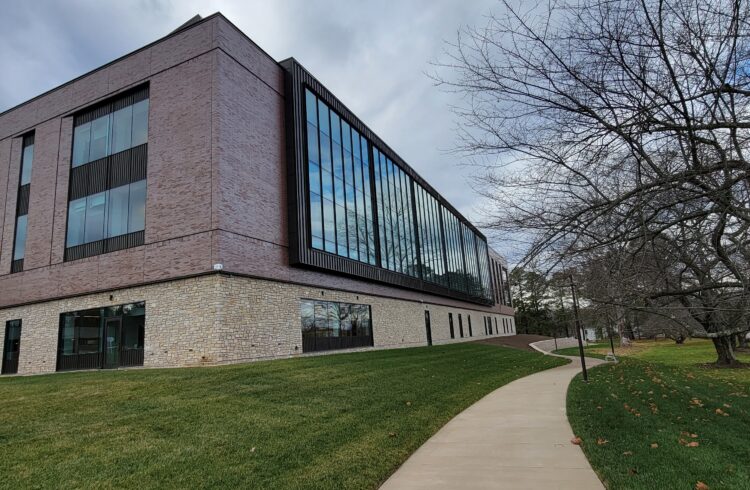
Hospital Drive , the on-line journal that encourages original creative work examining themes of health, illness and healing, has released its fifth and largest issue.
“We are pleased to share the fifth issue of Hospital Drive with our readers and viewers,” said Editor-in-Chief Daniel Becker, M.D., M.P.H., M.F.A., professor of medicine and public health sciences at the University of Virginia School of Medicine and director of the UVA Center for Biomedical Ethics & Humanities. “Only a handful of medical schools publish a print or online medical humanities or literary journal with a national audience,” he notes, naming the University of Iowa, New York University, Northwestern, and the University of Virginia.
In this issue there are over 30 poems, ranging from the matter-of-fact accounting of “Waiting Room Mathematics” to the revelations in “A Drunk in the ER.” And, there are eight pieces of prose, from the rueful memories of “Stat Her!” to the whimsical hope in “A Love Story,” to the satire of “What’s In a Name?”
There’s also photography. In this issue is the online exhibit “Patients’ Voices in Early 19th-Century Virginia,” an exploration of doctor-patient relationships as shown through the correspondence of father-son physicians James and Edward Carmichael of Fredericksburg, Virginia. All future issues will carry a link to an online exhibit and a short introduction. This is a collaboration with the Historical Collections and Services of the Claude Moore Health Sciences Library at the UVA School of Medicine.
Launched in fall 2006, Hospital Drive is hosted by the University of Virginia School of Medicine . Submissions are open to anyone, but preference is given to those involved in providing, teaching, studying, or researching patient care.
All work offered in Hospital Drive is judged anonymously by reviewers and the editorial board. Poems, short fiction, personal essays, reviews, photography, visual art, audio, and video are considered.
Hospital Drive gets its name from an actual road at the University of Virginia. Situated between Thomas Jefferson’s original academic village and the earliest buildings of the School of Medicine, it brings visitors into a community of scholars, teachers, healers, artists and the people they serve.


